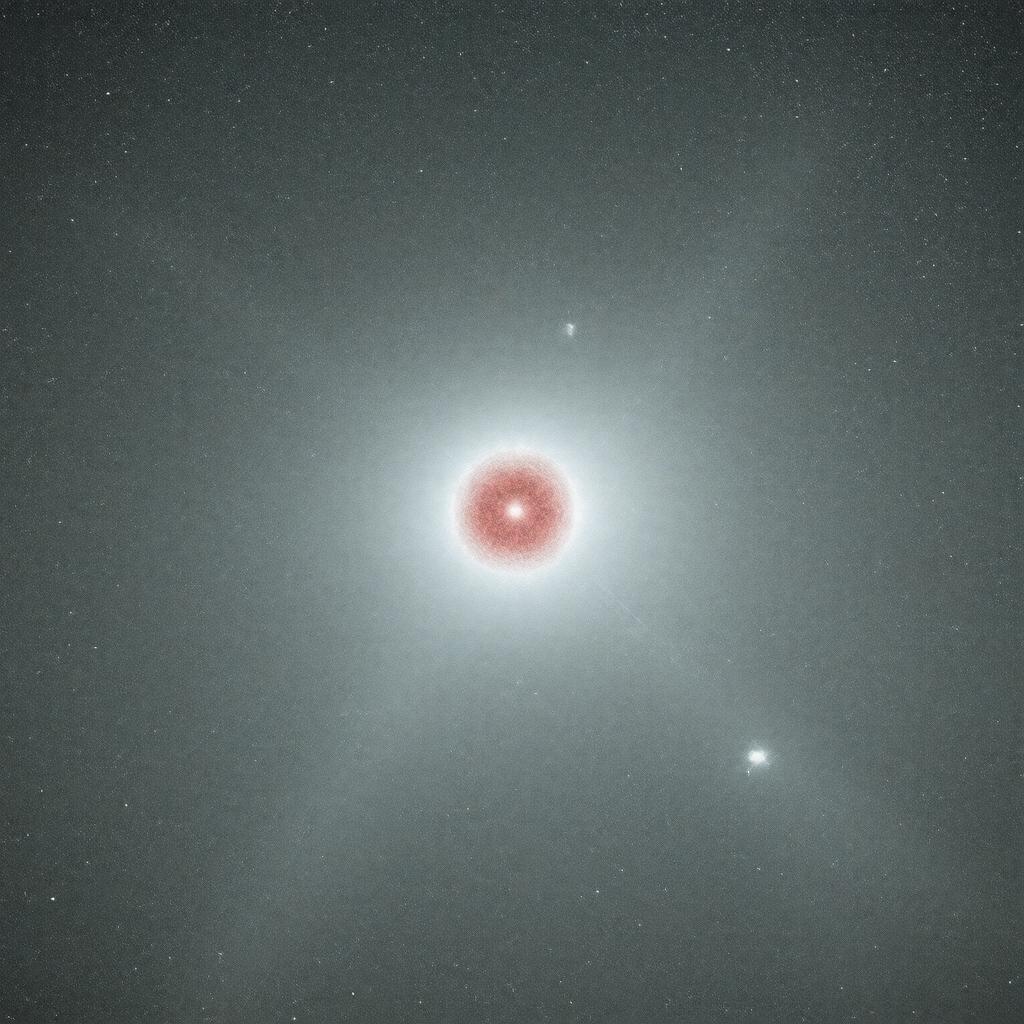Prompt
"Generate an image of a small, cool, and dim red dwarf star, specifically Proxima Centauri, located in the constellation Centaurus, with a spectral type of M5.5Ve, surrounded by a faint representation of its planets Proxima Centauri b, c, and d, set against a starry night sky, in a realistic astronomical style."

